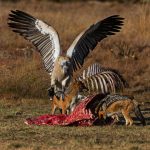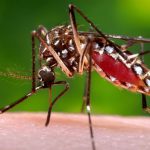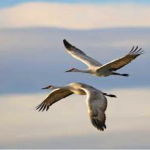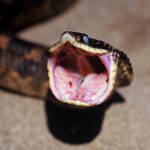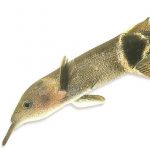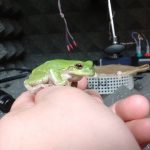This gallery contains 2 photos.
When we think of scavengers, we think of vultures lazily circling the skies waiting to eat the roadkill on side of the road. Being a scavenger is seen as being too lazy to work for your own food, instead, … Continue reading

